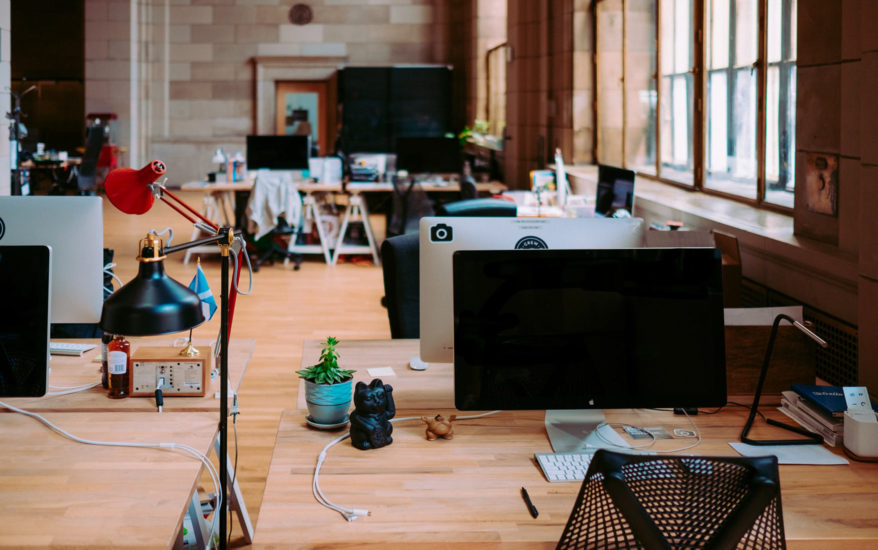
As the world of work changes towards a new, post-pandemic future, there are countless knock-on effects that will pose challenges to businesses big and small.
One particular challenge to navigate is in what their workplaces will look like in the years to come. With more people working from home some or even all of the time, will there be a need to downsize real estate? With social distancing measures still in place, how can office environments be redesigned to ensure everyone can work safely? And how can the demands of post-pandemic work be balanced with the ever-present need to minimize the business’s environmental impact as much as possible?
How employee workspaces integrate with these evolving workplaces will be absolutely critical to the success of both of them.
As you prepare to make decisions about the long-term future of your business, there are four key factors to take into consideration:
1. Productivity
When it comes to ensuring employees are as productive as possible, there are two elements to consider.
- The first is allaying their concerns around COVID-19 and whether it’s safe for them to return to work. Many people will be understandably wary about heading back to the office, and will want to know that their employer has taken the appropriate measures and is putting their safety first. Employees who don’t feel this has been addressed will be fearful and distracted, and therefore unlikely to perform at their best.
- The second is in how employees collaborate with each other. While video collaboration (VC) tools have their place, there is sometimes no substitute for a face-to-face meeting where ideas can be expressed and developed more fluently. Ensuring communal workspaces are suitably sized to respect social distancing and are also equipped with seamless VC connectivity should deliver the best of both worlds.
2. Employee wellbeing
While there are plenty of upsides to having more people working flexibly and remotely, the impact it can have on their mental health cannot be overlooked. Without regular day-to-day contact with their colleagues, individual employees can easily feel isolated, not only on a social level but also on a professional one if they feel that they’re under pressure to deliver but they don’t have support.
This is one area where remote work cannot trump the face-to-face communication that a physical office environment delivers. Developing areas within the office for socialization or for informal breakout-style work conversations is an excellent way to facilitate a feel-good factor across individuals, and better teamwork across a group.
3. Return on investment
The changing needs of workplaces and workspaces alike means the ways in which their ROI is defined is going to change, too. No longer will it be appropriate for companies to squeeze functionality from every last square metre of floor space they possess, as workstations will be spaced much further apart due to social distancing measures.
Instead, it will be a question of time: specifically, how many hours each workstation is used per week or per month. Workstations will likely be shared and used by different employees at different times, so effective workspace scheduling technology (that also takes into account sanitization needs between each use) can help ensure the use of each workspace is maximized.
4. Technology
With so many new factors and working practices to consider, so many different employees on different flexible work arrangements, and a very different profile of workstations and meeting rooms within a workplace, keeping everything organized and coordinated will be vital.
An effective way to do this is to take an integrated approach, and with employees working across a mix of home and office, a scalable workspace management and meeting room scheduling solution based is the best way to join all the dots together. That way, everyone can always get full visibility of who is working when, where, with whom, and also find out which workspaces are available and sanitized.



